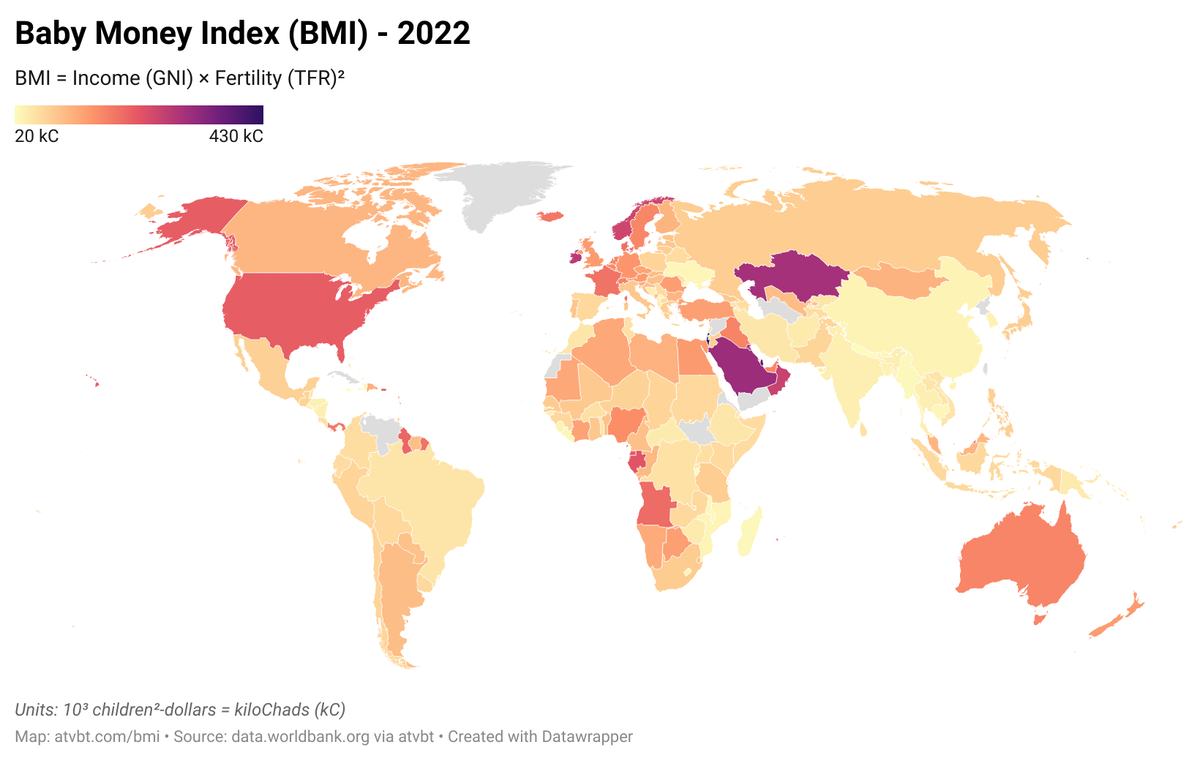South Korean President Yoon Suk Yeol Impeached Over Martial Law Decree
South Korea's parliament impeached President Yoon Suk Yeol on Saturday over his controversial six-hour-long martial law declaration. The National Assembly voted 204-85 in favor of impeachment, suspending Yoon's powers and duties. Prime Minister Han Duck-soo assumed presidential authority. The Constitutional Court has 180 days to decide whether to remove Yoon from office; a new election would follow within 60 days if he is dismissed. The impeachment followed days of political turmoil and widespread protests, with public opinion overwhelmingly in favor of removing Yoon. While Yoon declared the martial law as a measure against the opposition, his actions are seen by many as an attempt to undermine democratic processes. The US and Japan expressed support for South Korea's democratic process.
Read more













